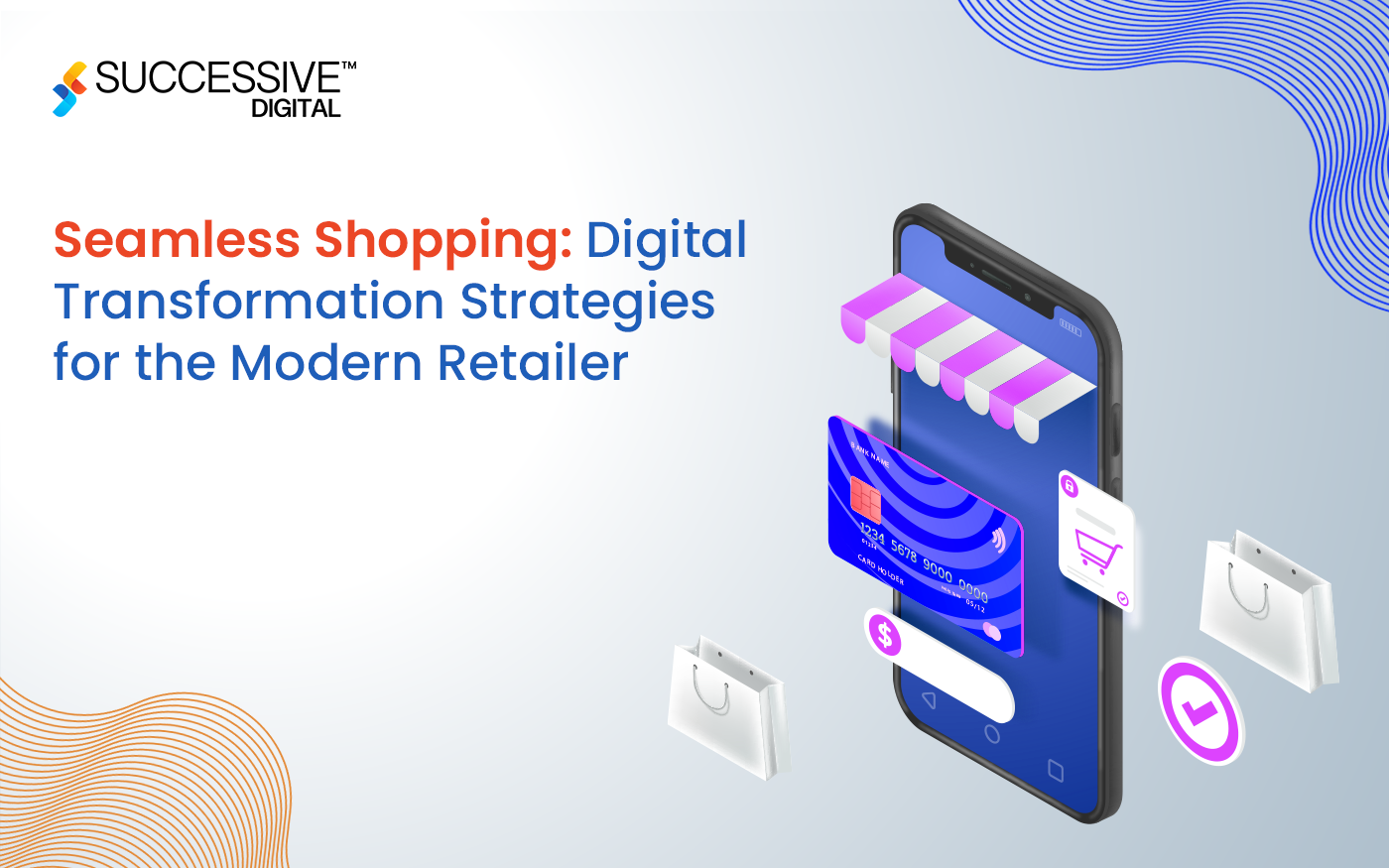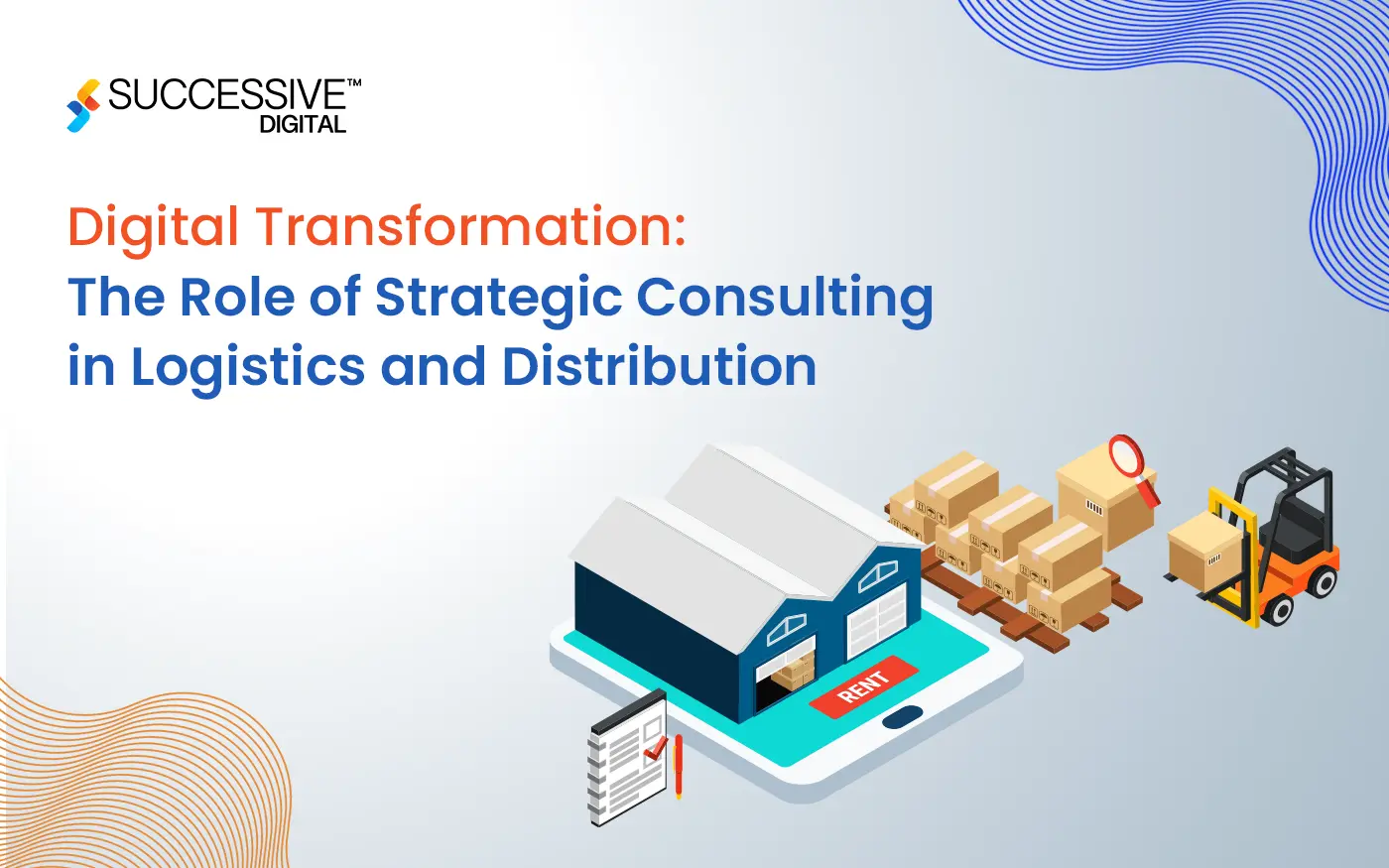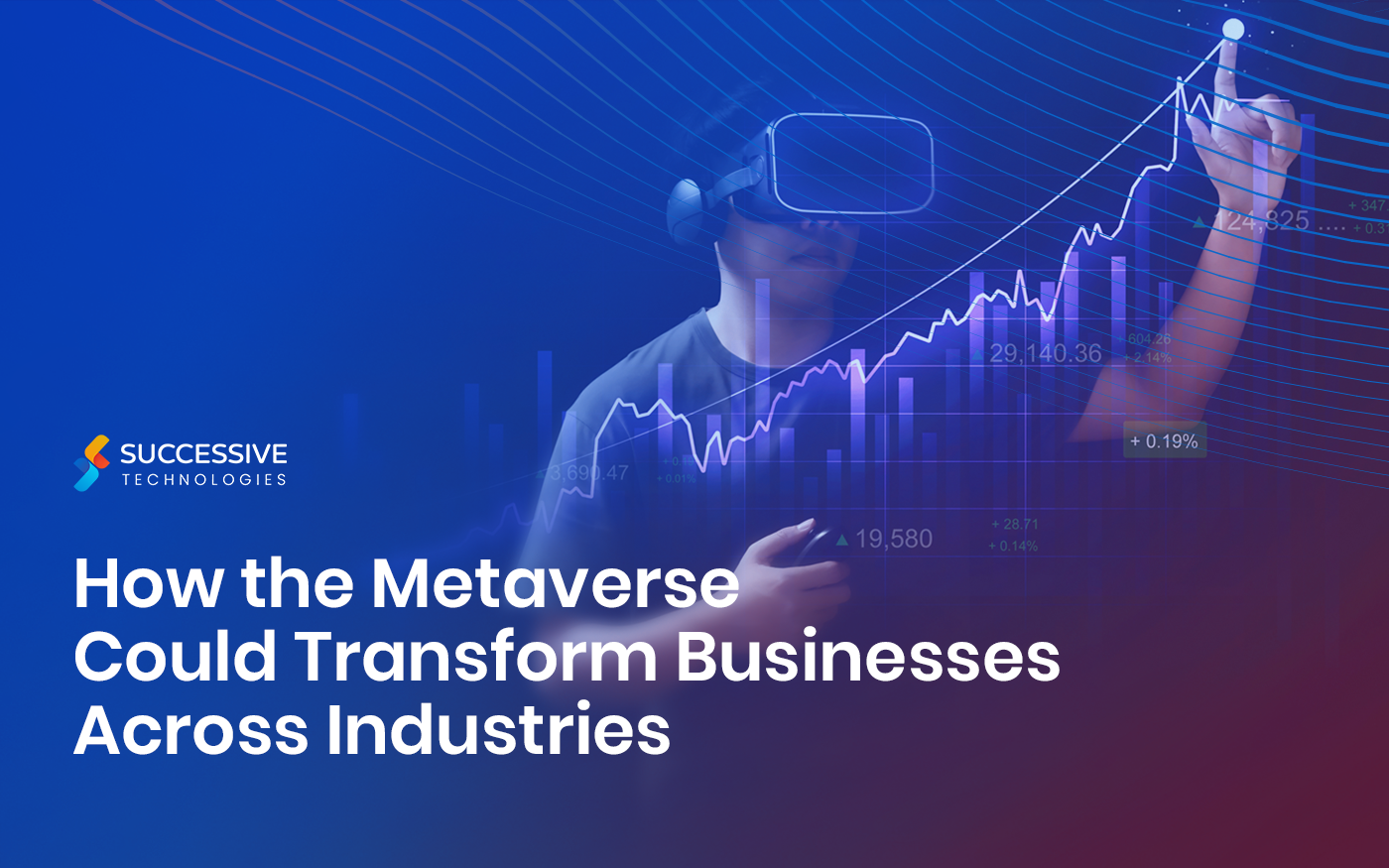The integration of technology into the workplace has sparked a revolution, fundamentally altering the traditional notions of work and productiveness. Digital transformation, as this evolution is known, contains a large spectrum of technological improvements that have reshaped the way organizations function and personnel interact with their responsibilities. From the advent of cloud computing and remote collaboration tools to the upward thrust of artificial intelligence (AI) and data analytics, every aspect of the current place of job has been touched by the transformative energy of the digital era.
Gone are the times when work was limited to office spaces and rigid hierarchies. Today, the concept of the digital workplace transcends geographical obstacles, allowing the workforce to collaborate seamlessly from any corner of the world.
Digital workforce transformation has not only made employees more flexible and productive but has also revolutionized the very nature of work itself. As organizations try to compete aggressively in an increasingly digital world, using digital transformation has come to be imperative for survival and success.
This blog explores into the multifaceted impact of digital transformation on the modern-day workplace, exploring real-world examples and technical insights highlighting its transformative potential.
The Digital Workspace Revolution
The digital workforce transformation has steered a new era of modern workplace and way of life that transcends physical barriers and uses the flexibility of digital collaboration. At the heart of this lies the convergence of cloud computing, remote access to advanced technologies and collaboration tools, which have collectively redefined how teams talk, collaborate, and execute work. No longer restricted to traditional workplace areas, the workforce now has the freedom to complete their assigned tasks from everywhere, leveraging many digital platforms and structures to stay connected and productive.
This shift toward a digitally transformed workspace has not only empowered people to balance work and life more effectively but has additionally unlocked new array of creativity and innovation. Digital transformation at workplace has the potential to access resources and know-how from throughout the world, allowing businesses to leverage various perspectives and abilities to tackle complicated situations and achieve meaningful results.
Companies like GitLab taking the charge toward a fully remote workplace model. By using digital collaboration platforms such as Slack, and Zoom, GitLab has cultivated a culture of transparency and asynchronous communication, allowing employees to collaborate seamlessly throughout different time zones.
Agile Work Practices and Digital Collaboration

Agile work practices and digital collaboration have emerged as key benefits of digital transformation in the modern workplace, revolutionizing how teams organize, communicate, and deliver outcomes. Rooted in flexibility, adaptability, and iterative improvement, agile methodologies have reshaped conventional project management techniques, enabling teams to respond rapidly to changing necessities and marketplace dynamics.
Central to this transformation is the tremendous adoption of digital tools, which is the key drivers of agile workplace models. Platforms such as Jira, Asana, and Trello provide teams with the digital infrastructure to coordinate tasks, tracks progress, and foster transparency across distributed teams. Through real-time communication channels and shared workspaces, team members can collaborate seamlessly, regardless of geographical constraints.
For instance, Spotify has embraced and adopted a “squads and tribes” model, in which cross-functional teams work autonomously to deliver features and improvements to the music streaming platform. By leveraging digital tools like Slack and Confluence, Spotify fosters collaboration and information sharing, allowing teams to iterate faster and deliver value to their customers.
Enhanced Data-Driven Decision Making
Enhanced data-driven decision-making is a transformative approach that lets corporates utilize data correctly for strategic making plans and operational upgrades. In an enterprise surrounded by digital transformation tools, teams can use extensive amounts of data from diverse sources, as well as user interactions, market developments, and internal operations. These value data sets can extract valuable insights with the help of data analytics tools and technologies, allowing decision-makers to make informed and timely choices.
The foundation of data-driven decision-making for digital workforce transformation lies in adopting sophisticated analytics systems like Tableau, Power BI, and Google Analytics. These tools help companies to research data in real-time, visualize developments, and uncover patterns that may not be immediately apparent. With access to actionable insights into user conduct, market dynamics, and overall operational performance, decision-makers can become aware of opportunities, mitigate dangers, and optimize enterprise performance.
Retail giant Walmart uses data analytics to improve stock management, forecast consumer demand correctly, and customize marketing campaigns. By analysing user purchase information and consumer possibilities, Walmart tailor its product offerings to satisfy changing purchaser desires, driver better sales and loyalty.
Cybersecurity Challenges and Solutions
With advent of digital transformation at workplace and the growing complexity of IT infrastructures, the upward thrust of remote work models has elevated the attack surface, making it more challenging to shield in opposition to cyber assaults efficiently. To cope with these challenging situations, teams must undertake a multi-layered approach combining proactive safety features with robust defines mechanisms.
This consists of enforcing endpoint safety solutions, including antivirus software programs and intrusion detection structures, to defend devices from malware and unauthorized access. Moreover, businesses must invest in workforce training and development to educate them about cybersecurity first-hand practices to mitigate the risk of human error.
Furthermore, the deployment of advanced threat detection and response technology, including Security Information and Event Management (SIEM) systems and behavior analytics, helps businesses detect and respond to cyber threats in real-time. By leveraging these cybersecurity solutions and imposing a complete protection strategy, IT teams can improve their resilience to cyber assaults and protect their critical property.
Conclusion
The impact of digital transformation on the workplace is evident throughout all aspects of business operations. Whether adopting agile work methods, integrating digital collaboration tools, or emphasizing data-driven decision-making and cybersecurity measures, companies are leveraging technology to innovate, streamline procedures, and hold competitiveness in the digital era. As businesses navigate the challenges and opportunities of the modern-day enterprise, leveraging the potential of digital transformation stays critical to continue to exist and thrive in a digital-centric world.












